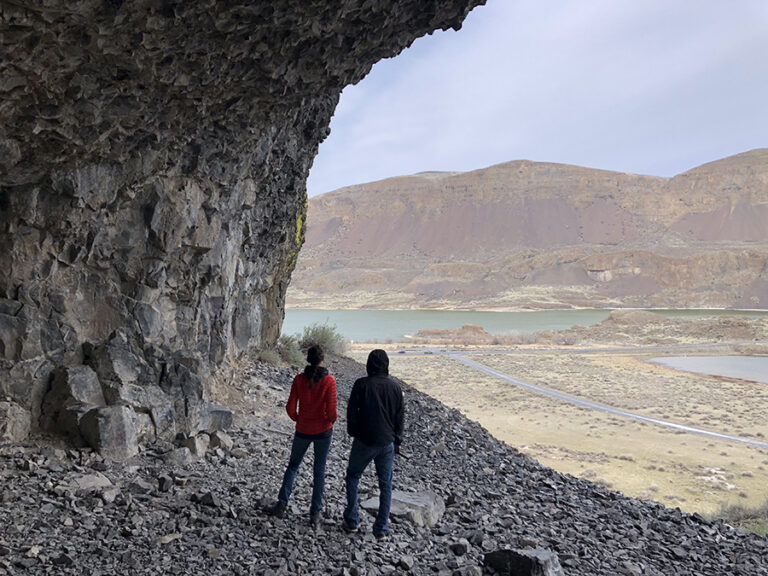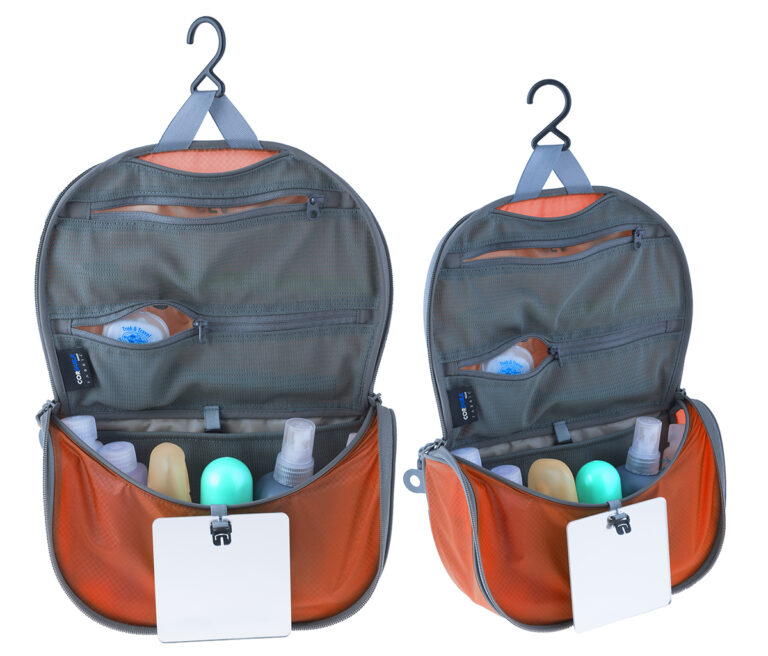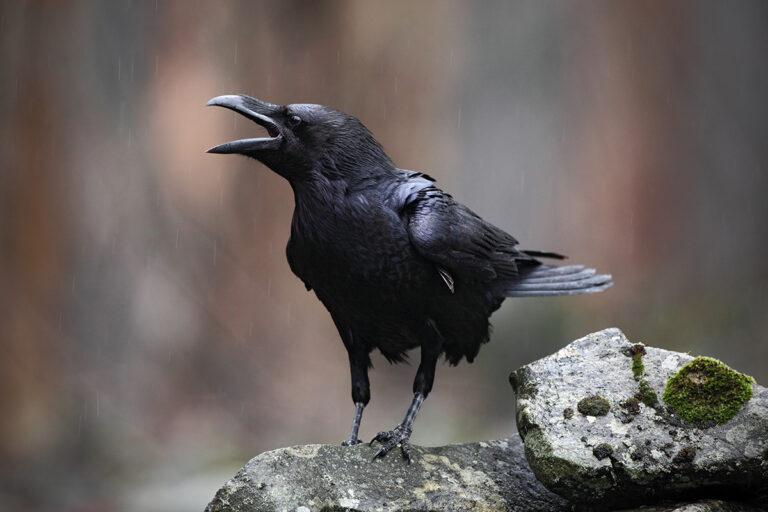When mountain biking at 20-25 mph, a cyclist travels at 29-36 feet per second, according to a 2016 multiple-agency committee report on a bicycle-grizzly bear collisions near West Glacier, Mont.
That’s fast. Stopping 100 yards away, far enough from a bear to initially remain safe before turning around, is difficult on windy trails among thick forests. Yet, it’s not fast enough to outrun a grizzly bear, as one unfortunate mountain biker discovered as he rounded a blind trail corner in the Flathead National Forest. Grizzlies run upwards of 35 miles per hour, according to Yellowstone National Park biologists.
“The incident appears to be a surprise encounter with a bear due to the high speed and the lack of noise of bike travel, combined with a blind curve on a trail,” the Board of Review’s report stated. The cyclist, Brad Treat, a forest service law enforcement officer, crashed into the bear, flipped over the bear, and broke both wrists and his left scapula, the report found. Treat’s riding companion was behind Treat and able to stop. The partner said that the bear focused intensely on Treat as the companion left to get help. Neither had bear spray, firearms or cell phones with them. The grizzly ended up killing Treat.
Surprise encounters like that underscore experts’ mantras of noise, awareness and bear spray. One such expert, Chuck Bartlebaugh of Missoula, Mont., started the Be Bear Aware campaign in 1980 to raise awareness about bears and how to approach human-bear encounters. Bartlebaugh stesses that mountain biking in grizzly bear country must include safety precautions.
“People don’t use their voices enough on the trails,” he says. “When coming down the trails, people must project loud enough and know there’s a bear they might not see, but that it’s hearing them coming. I believe in making your presence known. Even if the bear doesn’t move off, it’s aware you’re there.”
Be Bear Aware works in conjunction with other local, state and federal agencies and organizations to increase public awareness of safety techniques to decrease wildlife-human conflicts. The group travels to events with a trailer filled with safety information and even an activity that allows people to test bear spray quick-draw skills against a faux charging bear.
Bartlebaugh speaks from experience. “I had two tense bear charges and three not-as-tense encounters that required bear spray,” he says. Bear sprays pack power via high-pressured capsaicin, extracted from chili peppers, and is a chemical irritant and neurotoxin to humans and animals. It burns.
Bear Avoidance Advice for Mountain Bikers
The U.S. Forest Service (USFS) offers preemptive advice to bicyclists to avoid grizzly bears. The organization says paying attention and looking for sign of bear either in footprints or fresh scat is the first step. Bikers should not wear earbuds or headphones and should avoid riding early mornings and late evenings and especially avoid ripe berry patches. The USFS also notes that dogs and bears equal trouble, as dogs often complicate an encounter.
Lastly, the USFS emphasizes slowing down in bear habitat since bikes are fast and quiet, a bad combination in bear country. As Bartlebaugh noted, bikers should carry bear spray and the knowledge of how to use it.
Bartlebaugh’s team at Be Bear Aware has tested the various brands of bear spray and concludes, “The only bear spray that I consider good is Counter Assault created by Kerry Hunt.” Hunt trains Karelia Bear Dogs to haze bears away from popular places such as Logan Pass in Glacier National Park.
“If you are charged by a bear, yell ‘NO!’ loudly, emphatically,” Bartlebaugh says. He continues to instruct to spray the capsaicin-filled canister before the bear is on top of a person and spray downward so the bear runs into the cloud of spray. “And watch YouTube videos on how to deploy the pepper spray before heading onto trails,” he adds.
Spray won’t go 60 feet, he says, so people must practice and be able to judge a bear’s speed to get the feel for when it’s about 30 feet away. “The burning spray gets into its eyes, ears and nasal passages. Pepper spray inflames nasal passages, causes swelling. Bear cannot then take in a deep breath nor exhale well and will turn and run away.”
Not all pepper sprays are created equally, he adds. “I don’t recommend buying UDAP brand,” Bartlebaugh says. “It’s been recalled from Costco and Cabela’s because of numerous cans not firing. Its formulation is a private formula—and not premixed. One study showed that UDAP canisters emptied all of the capsaicin within two seconds. The pepper spray was dispersed, leaving the rest of the product just propellent and linseed oil.”
The Interagency Grizzly Bear Committee advises: “Only purchase bear spray that is registered by the U.S. Environmental Protection Agency (EPA). The EPA registration number is displayed on the front label of bear spray canisters.”
Bartlebaugh’s final tip for mountain bikers is to pack the bear spray on waste band or hip holster, not chest. “We’ve seen numerous circumstances where bikers go over their handlebars and the canister is punctured and releases the bear spray, and sometimes, the biker breaks ribs or clavicle,” he says. All mountain bikers should look for 7-second + spray durations at 30-feet + distance. “Fun comes with a risk,” says Bartlebaugh.
Jean Arthur












